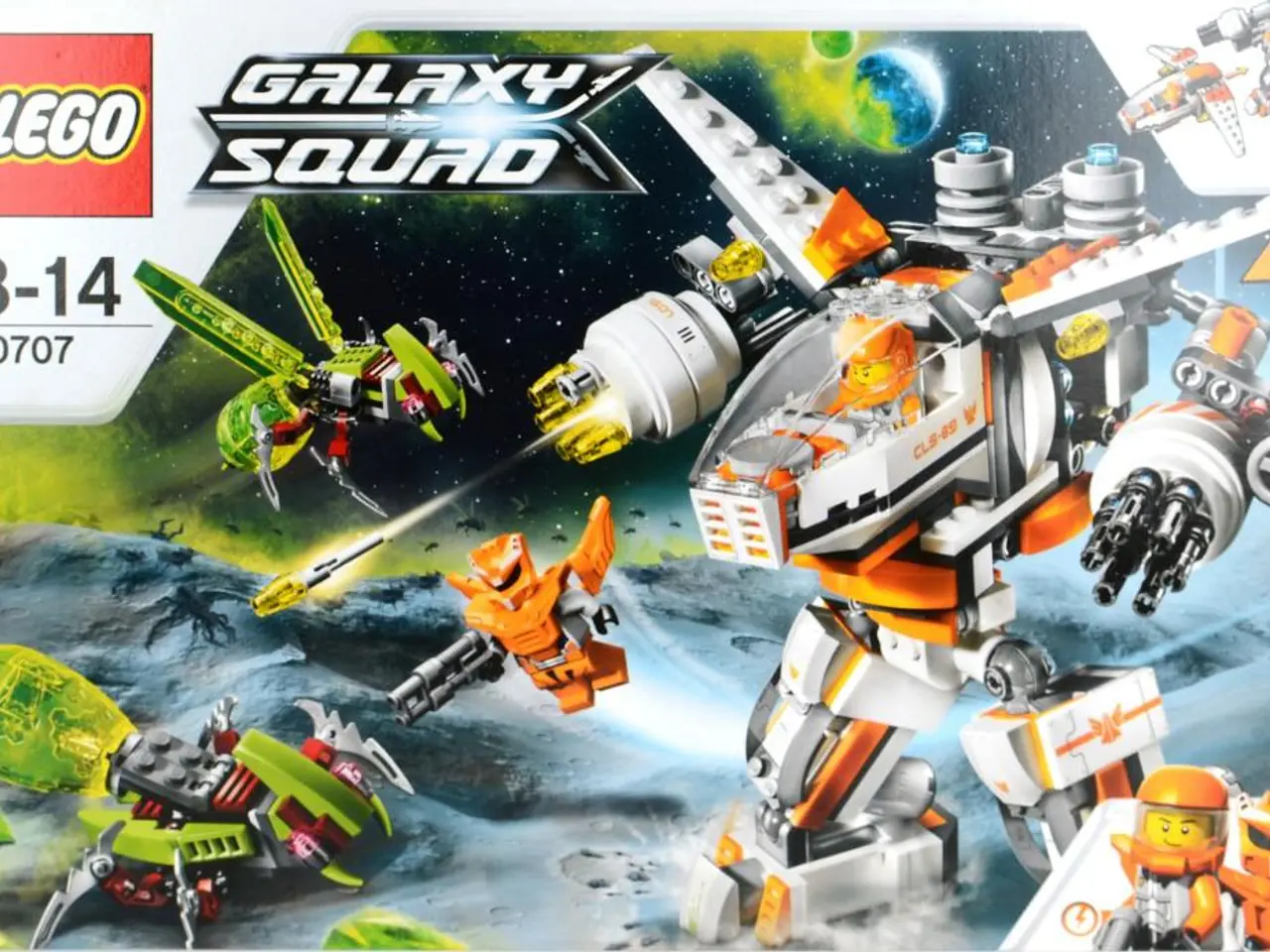Social enterprise leverages AI animations on our site to produce YouTube shorts, furthering their mission of accessibility and inclusivity
In the heart of the UK, social enterprise WeCanAccess, founded by David and Emma Bara, is making waves in the educational content industry. With a mission to enable people to access the world physically, socially, and economically, the team has set its sights on producing content in multiple languages to reach a global audience.
The journey began when WeCanAccess discovered AI Animation's website, a platform offering tools for creating animated videos. Seizing the opportunity, the team aimed to leverage these resources for YouTube Shorts, a format designed to capture the attention of international audiences.
In a matter of weeks, the WeCanAccess team created four YouTube Shorts videos using AI Animation's tools. The shift from traditional 2D animation to AI-powered 3D animation proved to be a game-changer, offering faster production cycles and enhanced creative control.
Previously, WeCanAccess relied on 2D characters and external animators, a costly and time-consuming process that lacked creative control. However, with AI Animation, the team now has the ability to animate and add lip-synced dialogue to their custom 3D characters, thanks to video tutorials shared by AI Animation.
Moreover, the team can personally record audio or upload audio directly into the AI video editor for specific videos. This personal touch, combined with the efficiency of AI, ensures that WeCanAccess maintains creative control and direction for videos that have a significant impact on families of children with disabilities.
The benefits of this transition are evident. WeCanAccess experienced significant time and cost savings, with animation workflows reduced by 50-80%, cutting tasks that previously took days down to hours. This accelerated workflow has enabled WeCanAccess to introduce a YouTube Shorts strategy, increasing views per video by 5x and reaching hundreds of views within days.
Furthermore, WeCanAccess's 3D characters can now lip sync in 20+ languages, a feat that would have been nearly impossible with traditional 2D animation. This linguistic versatility opens up new opportunities for WeCanAccess to reach and educate a diverse range of audiences.
In an industry where time is of the essence and resources are limited, WeCanAccess's transition to AI-powered 3D animation is a testament to the power of technology in enhancing accessibility and inclusivity. By embracing AI Animation, WeCanAccess is not only revolutionizing educational content production but also paving the way for a more connected and inclusive world.
- WeCanAccess, a UK-based social enterprise, is exploring the potential of AI Animation's tools for creating animated videos suitable for YouTube Shorts.
- The shift to AI-powered 3D animation offers WeCanAccess faster production cycles and enhanced creative control.
- Previously, WeCanAccess used 2D characters and relied on external animators, a process that was both costly and lacked creative control.
- With AI Animation, WeCanAccess can animate their custom 3D characters and add lip-synced dialogue, thanks to tutorials provided by the platform.
- The team can even record audio or upload audio directly into the AI video editor for specific videos.
- This combination of AI efficiency and personal touch allows WeCanAccess to maintain creative control over videos that significantly impact families of children with disabilities.
- WeCanAccess has experienced substantial time and cost savings, with animation workflows reduced by 50-80%.
- This accelerated workflow has enabled WeCanAccess to implement a YouTube Shorts strategy, increasing views per video by 5 times.
- WeCanAccess's 3D characters can now lip sync in 20+ languages, a capability that was nearly impossible with traditional 2D animation.
- This linguistic versatility opens up new opportunities for WeCanAccess to reach and educate a diverse range of audiences.
- In a world where time is crucial and resources are scarce, WeCanAccess's transition to AI-powered 3D animation demonstrates the power of technology in promoting accessibility and inclusivity.
- By leveraging AI Animation, WeCanAccess is not just revolutionizing educational content production but also fostering a more connected and inclusive world.
- WeCanAccess's mission to enable people to access the world physically, socially, and economically aligns with the goal of AI Animation to provide tools for creating engaging animated videos.
- The success of WeCanAccess's strategy highlights the potential for other organizations to adopt AI Animation tools for efficient and inclusive content creation.
- In the marketing arena, businesses can utilize AI Animation to produce engaging presentations that resonate with their target audience.
- Educational institutions can use AI Animation to create compelling tutorials and interactive lessons for students in various fields, such as science, medicine, or environmental science.
- The technology can also be applied in the finance and wealth management industries, where clear and engaging explanations of complex concepts would be beneficial.
- In the realm of entertainment, AI Animation can be used to create captivating animated short films, series, or even movies.
- The retail sector can utilize AI Animation for product demonstrations, customer engagement, and advertising campaigns.
- In the culinary world, AI Animation can help create instructional videos for cooking techniques or recipes, making it easier for consumers to learn new skills.
- Transportation companies can employ AI Animation to create informative videos about vehicle maintenance or usage tips.
- AI Animation can also be beneficial in the lifestyle, fashion, and beauty sectors, where engaging videos about trends or new products can drive consumer interest.
- Health and wellness brands can use AI Animation to create educational videos about various medical conditions, treatments, or wellness practices.
- In the environmental science sphere, AI Animation can help create engaging content about climate change, conservation efforts, or sustainable practices.
- Even in the space and astronomy field, AI Animation can be used to create informative and visually appealing visuals for public education and outreach purposes.




